Salamander
- 34 Posts
- 22 Comments

 1·6 months ago
1·6 months agoI think that’s unlikely, but you’re very kind to phrase “no, dumbass” in that way.
Not at all!!! I like to make an effort to be helpful and learn myself in the process, but I also don’t understand all of the details and I don’t want to mislead others by saying something wrong with confidence 😄 I think that adding a disclaimer is a reasonable middle-ground. If an actual expert can chime in at some point it’s always appreciated - even if (or, especially if!) they call me out on how mistaken I am.

 0·6 months ago
0·6 months agoKind of. I understand it a bit differently, but I might misunderstand some details. This is what I understand:
they successfully created a solid state oscillator
The resonator is a silicon nitride membrant with nanopillars grown on top to modulate its resonant properties. Here is an image from the supporting info showing how these are made, and the silicon nitride membrane that oscillates is the purple part:

where vacuum fluctuations become an important thermal factor, and overcame those factors to produce a (relatively short lived at thirty cycles) wave?
I think this is a mixture of two concepts that are mentioned, but the thermal influence and the vacuum fluctuations play different roles.
The noise comes from thermal fluctuations that are transmitted through phonons - no need to invoke vacuum fluctuations yet. At this large scale, the random phonons that naturally exist at room temperature will interact with the membrane as it oscillates, and so its motion over time is unpredicatable. Since the motion of the membrane is described in terms of its quantum-mechanical vibrations, the loss of this phase information means that the “quantum coherence” is decays very quickly due to noise. They have suppressed the noise by engineering the cavity in a way that specifically filters out the phonons that are most likely to interact with the membrane in a way that disturbs its oscillations.
The vacuum fluctuations were mentioned in the context of the fluctuations in laser intensity that are responsible for pushing the membrane such that it vibrates.
What was the medium of the wave: air seems incorrect… light, I suppose?
In the supporting info they mention that the device is in a vacuum chamber:
We also cannot exclude a small contribution to the observed dissipation due to collisions with the residual gas molecules in the vacuum chamber where the MIM cavity is located [19].
So it is not air. The membrane is the vibrating object. A laser provides the driving fields:
From the text:
In the textbook description of cavity optomechanics, the mechanical motion is driven by the vacuum fluctuations of the laser amplitude and transduced by the linear response of the cavity into phase fluctuations of the light field. The induced phase–amplitude correlation of the light field manifests as a noise reduction below the shot noise level (squeezing).
What would one use such an oscillator for, or is this more a demonstration of what is now possible in optomechanics?
In the introduction they specify a few examples. I quote from there:
Cavity optomechanics, in which the mechanical oscillator is dispersively coupled to an optical cavity, has enabled numerous advances, including ground state cooling, optomechanical squeezing of light and entanglement of separate mechanical oscillators. Yet, all these advances necessitate cryogenic cooling to reduce thermal fluctuations. Room-temperature operation is beneficial to the accessibility and widespread adoption of technology, as witnessed in other branches of physical science. Developing room-temperature quantum optomechanical systems would imply a drastic reduction in experimental complexity by removing the limitations imposed by cryocoolers such as poor thermalization, excess acoustic noise and limited optical access. Room-temperature operation could stimulate applications such as coupling to atomic systems, force microscopy and variational displacement measurements.

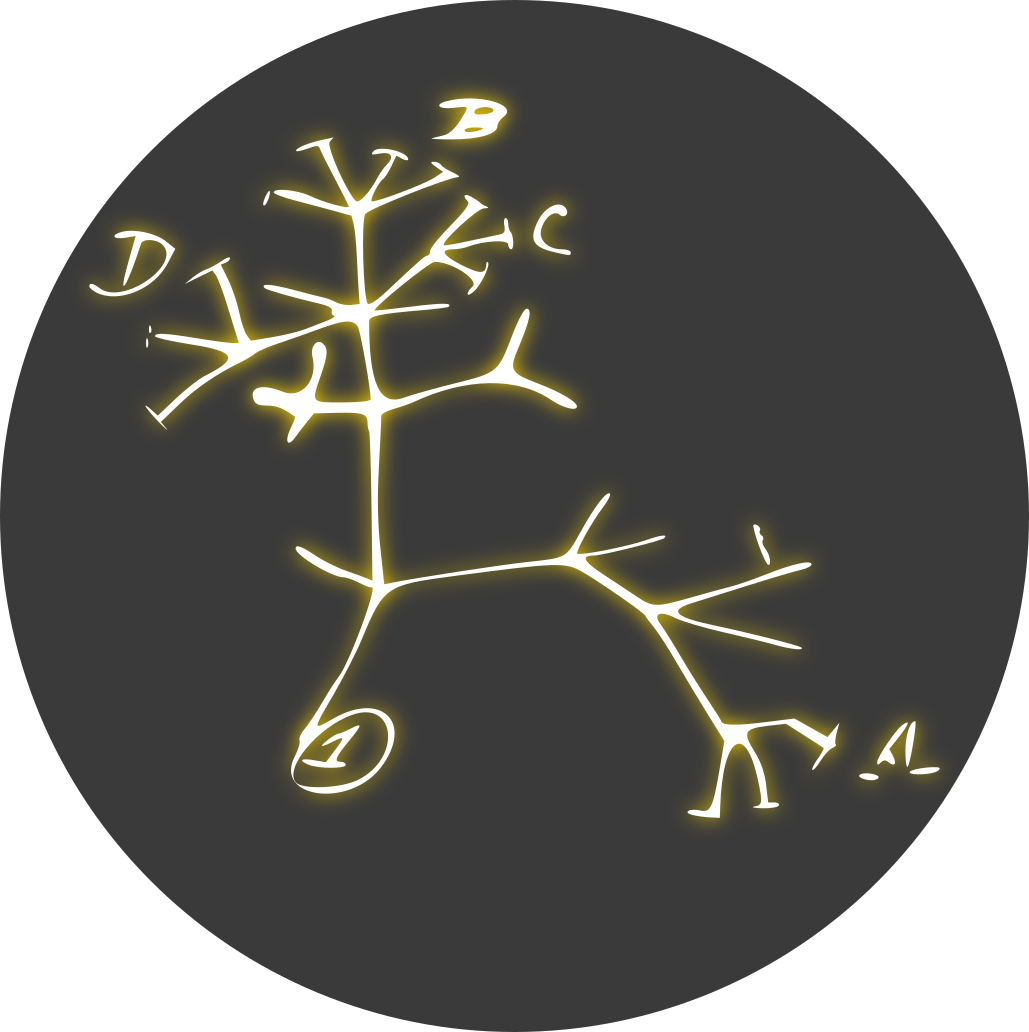 3·1 year ago
3·1 year agoThe human Y chromosome has been notoriously difficult to sequence and assemble because of its complex repeat structure that includes long palindromes, tandem repeats and segmental duplications. As a result, more than half of the Y chromosome is missing from the GRCh38 reference sequence and it remains the last human chromosome to be finished
Oh wow. This is surprising! I thought the full human genome had been sequence a while ago.

 2·1 year ago
2·1 year agoThat is fascinating. It seems we know very little about the origins of curry.
I’m surprised that they are able to identify plant cells from such an old muddy slab!


 3·1 year ago
3·1 year agoI wouldn’t use this language myself because I am not ready to defend that it is reasonable to apply the Universal Declaration of Human Rights in this context.
I think that they might be referring to Article 1, and possibly 5.
If this is their interpretation, then calling someone a worthless piece of trash is also a violation. You are talking to another human being as if they have less dignity, and you are treating them in a cruel and degrading manner.

 4·1 year ago
4·1 year agoFor example I can go up to someone and insult them for all sorts of things - “you’re an ugly stupid worthless piece of trash” and that’s ok but I say “you’re a dirty [racial slur]” all of a sudden it’s different?
If it makes you feel any better, telling someone “you’re an ugly stupid worthless piece of trash” would get you banned from my instance too, so it is not so different.

 1·1 year ago
1·1 year agoI’m not sure about Web Hosting. Many of us use a dedicated virtual private server (VPS)
I use https://serverspace.io, I think Lemmy.ml is hosted with https://www.hetzner.com/
These are servers that you access via SSH and can install the instance inside of it. I personally install using docker compose, but there are some other methods that are claimed to be easier. The cost starts at ~$5 / month. Currently I pay about $15 / month. You would then rent the domain name from a domain name registrar (I use namecheap.com) and ask them to point the domain name to your server’s IP address.

 1·1 year ago
1·1 year agoNo, there is no API to get the votes (https://join-lemmy.org/api/). If my understanding is correct, now that I upvoted your comment my instance will push that information. I’m not sure whether it pushes it to dandroid.app first or to all instances, saying basically “[email protected] upvoted https://dandroid.app/comment/441785”, and so every instance that has that comment can save my user ID in the “upvote” list of that comment, and that upvote is counted.
If only the vote direction was federated, then it would be very easy for me to spam the message “Upvote https://dandroid.app/comment/441785”. I would not even need to create an instance for that, I just need to speak ActivityPub. And it would be more difficult to detect that I am doing that, because the database would only hold the vote count.
I don’t think there is a way to ask an instance to reveal this list. You can only get it by directly querying the database if you have access to it. This is why if you fetch an older post or comment, it will arrive with a single or zero votes.

 1·1 year ago
1·1 year agoThere is definitely a probability to deal with a non reliable instance admin, but not less than with any other social media, and in principle they collect even less data
Yeah. You can see the cookies that are stored by a site by right-clicking on the site, going to “inspect”, and the clicking “Storage”. By default, the only cookie that Lemmy has is an jwt cookie used to authenticate your user.
You are not asked for a phone number to be here. Providing an e-mail is often optional and even discouraged by some instances. When you want to send a private message through the site you get a message discouraging from doing that and encouraging to try to use an encrypted chat application instead, such as matrix.
The original Lemmy instance (lemmy.ml) is a community for FOSS and Privacy enthusiasts. What is asks from a user and what it does with the data is what it needs to be functional. Lemmy lets you take any proactive step that you would like to take to protect your privacy - use a VPN or Tor, use safe passwords, use a unique identity, and don’t provide any personal information. There are no built-in features to block you or discourage you from doing that. Lemmy never asks for your location, nor does it keep any logs of what content you visit, nor does it try to run any analytics on you. But even if that is not enough for you, the fediverse doesn’t lock you out, you can set up an instance or even create a new program to interact and communicate only precisely what you want to communicate via activity pub.

 3·1 year ago
3·1 year agoYou are a crawling microchip that possesses animals with cool abilities

 12·1 year ago
12·1 year ago-
Password hashing occurs server-side. Even without removing the hashing step an admin can intercept the plaintext password during login. Use unique safe passwords.
-
An admin can pull the jwt authentication cookie and use any account that lives in the instance.
-
Private messages are stored as plaintext in the database
-
Admins can see who upvotes/downvotes what
-
These are not things that are unique to Lemmy. This is common.
-
To avoid having to trust your admin, run an instance.
-
My girlfriend kept complaining about losing her hearts on Duolingo and I was very confused as I never had any “hearts” during regular lessons. Eventually I found out that since I had created a classroom while exploring the site, I was given access to a teacher version of Duolingo - which is basically a free premium version 😅

 2·1 year ago
2·1 year agoThere is a theoretical future in which full-genome sequencing is performed exclusively by large companies, hospitals, and governments, and the data is stored by them and they can access it.
But the technologies are becoming quite accessible. Unless regulations are introduced to force people to give up their genetic data, which I don’t think is so likely, there will be ways for us to get our sequences without the sequences being stored by a third party. I also think that there will be FOSS tools for us to run our own analyses.

 24·1 year ago
24·1 year agoFull genome sequencing.
The price of sequencing continues to decrease as the technology evolves. I have already seen claims of under $1,000 for a full human genome. I haven’t looked carefully into those claims, but I think we are around there. In some years full genomes will be so cheap to sequence that it will be routine. I want to buy one of those small Oxford Nanopore MinION sequencers in the future. I’ll use it like a pokedex.
Oooh, I usually don’t try to shake it out, I just accept to live my life with water in my ear until it naturally leaks. But this new trick will save me some annoyances in the future, thank you!
234 posts, 1.12K comments in about 2 and a half years with this account _ So slow and steady, haha. 1,000 in a month is impressive!
This is what I think, but if anyone understands it differently please correct me.
Vertical scalability refers to scaling within a single instance. More users join and they post more content, increasing the amount of disk space needed to hold that memory, network bandwidth to handle many users downloading comments and images at once, and processing power.
Horizontal scaling refers to the lemmyverse growing because of the addition of new instances. The problem in this form of scaling is due to the resources that an instance has to use due to its interactions with other instances. So, you may create a small instance without a lot of users, but the instance might still need a lot of resources if it attempts to retrieve a lot of information (posts, comments, user information, etc) from the other larger instances. For example, at some point a community in lemmy.ml might be so popular that subscribing to that community from a small instance would be too much of a burden on the smaller instance because of the amount of memory required to save the constant stream of new posts. The horizontal scaling is a problem when the lemmyverse becomes so large that a machine with only a small amount of resources is no longer able to be part of the lemmyverse because its memory gets filled up in a few hours or days.
I think this underestimates how users will naturally gravitate towards more centralized instances, or they’ll give up because the bigger instances are closed.
(This is purely my personal opinion, of course!) In the scenario in which a few large instances dominate, the idea of the fediverse failed. One may estimate the likelyhood of success or failure given how they expect humans to behave, but in the end experiment beats theory. I think that for the fediverse to work a significant cultural shift has to occur, but I don’t think that it is an impossible shift. I would like the fediverse to succeed, and so I choose to take part in the experiment.
This also ignores that the system isn’t horizontally scalable at all, so scaling up gets even more expensive
Yes, that might cause some serious issues. The project is still in an early-development phase, and I don’t understand the technical aspects well enough yet to be able to identify whether there is obviously a fundamentally invincible barrier when it comes to scalability. My optimistic hope is that the developers are able to optimize horizontal scalability fast enough to meet the demand for scale. If it turns out to be impossible to scale, then only rich enough parties would be able to have viable instances, and that could be a reason for failure.



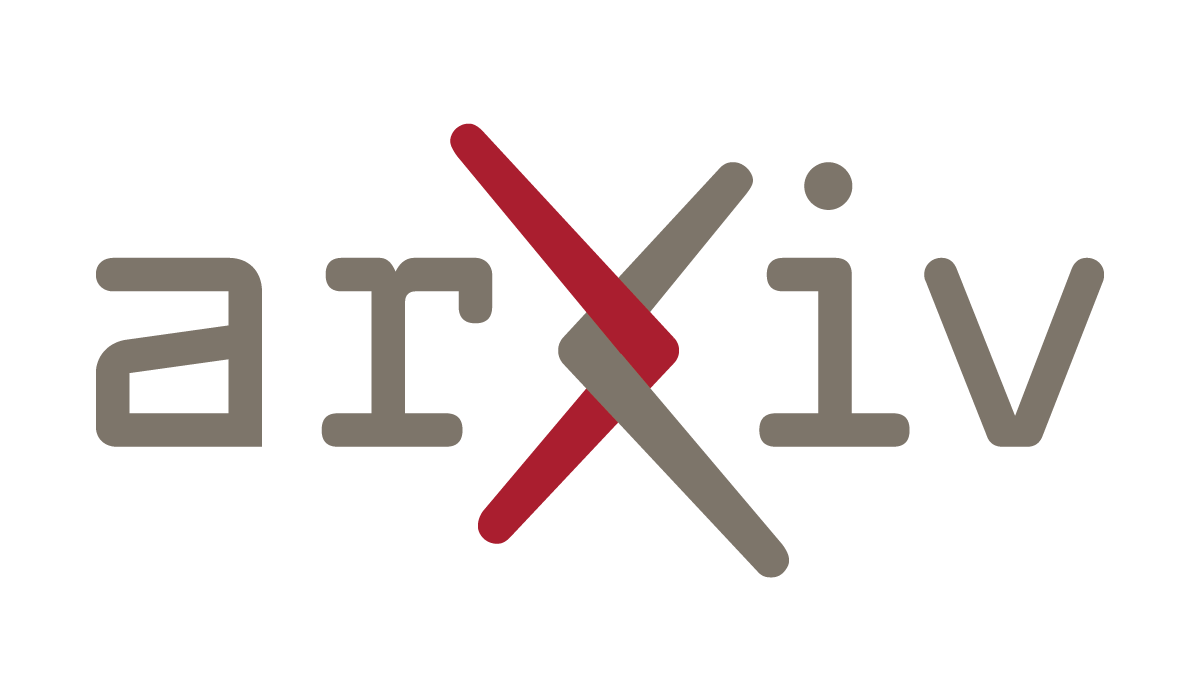





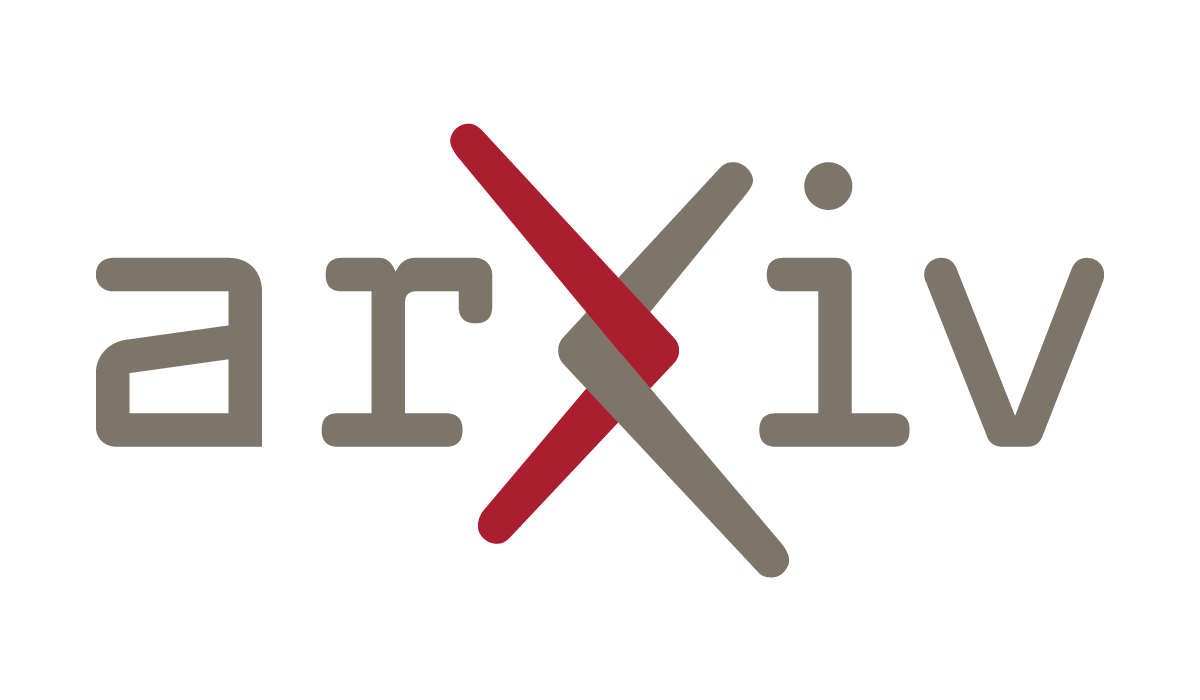
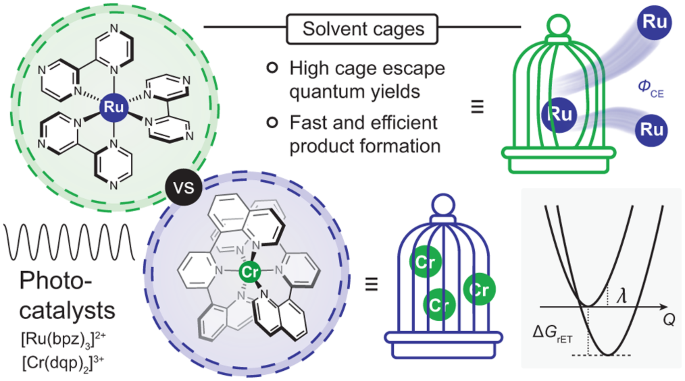
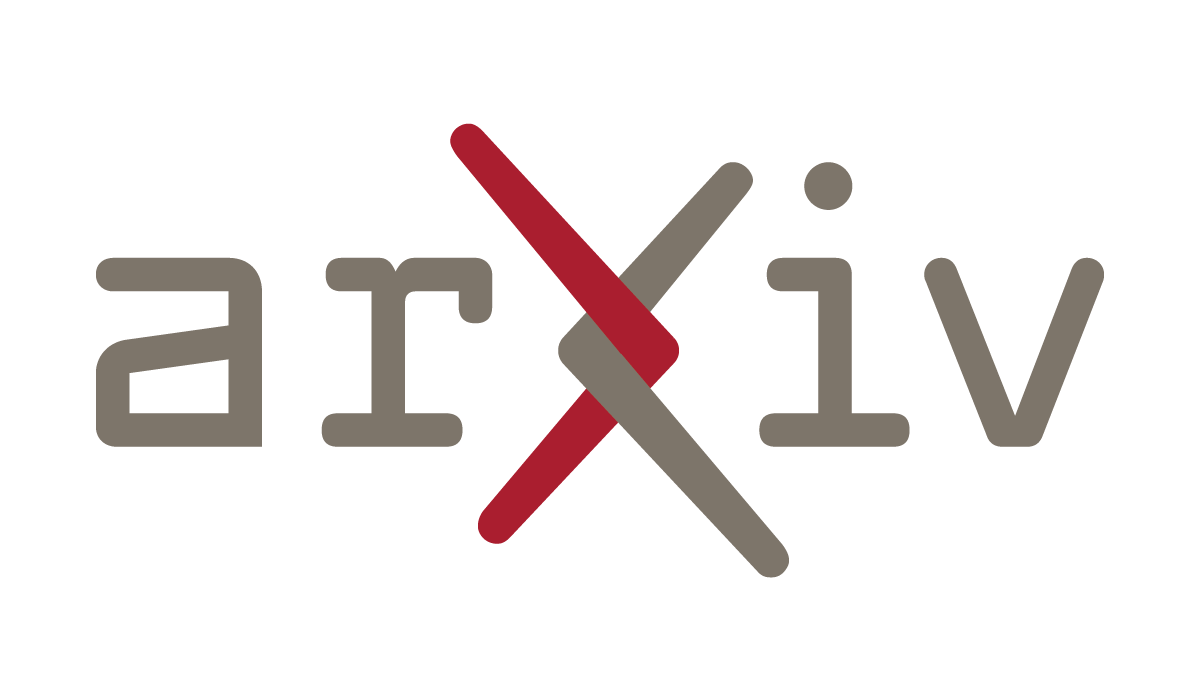
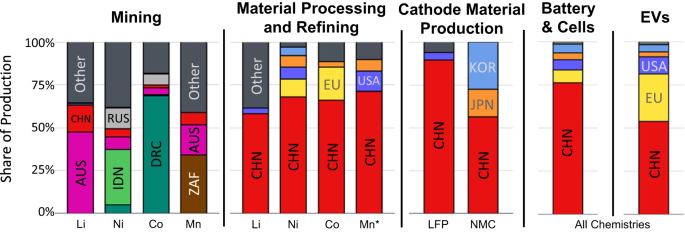





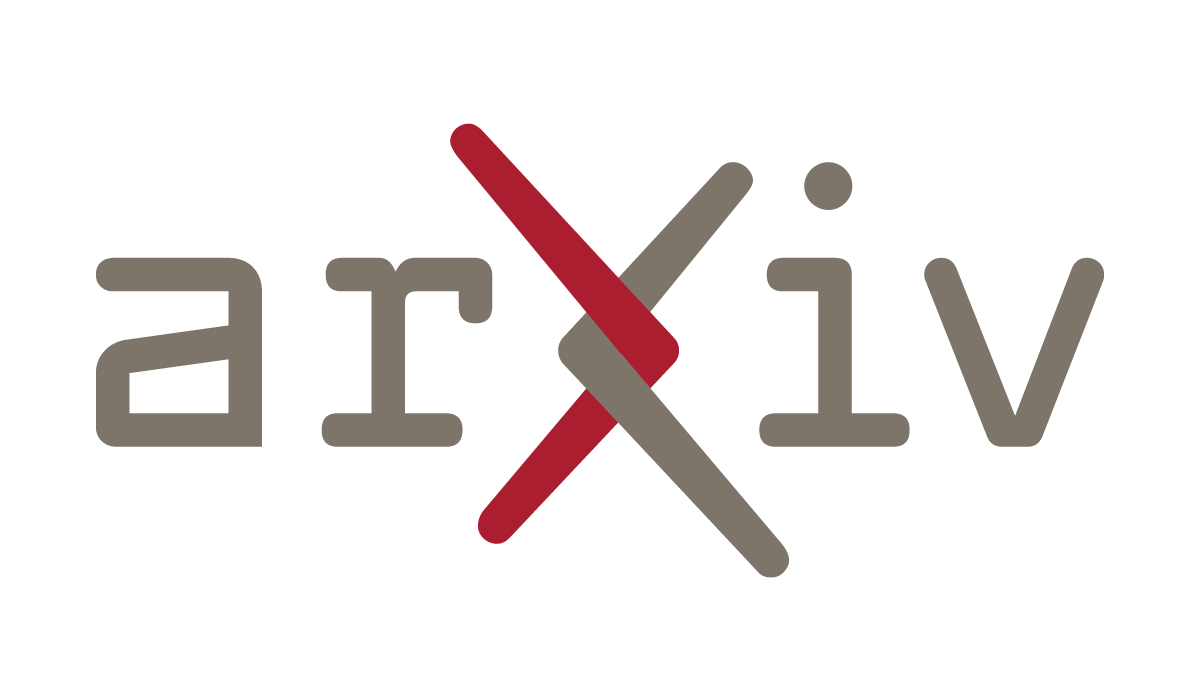



I did not know of the term “open washing” before reading this article. Unfortunately it does seem like the pending EU legislation on AI has created a strong incentive for companies to do their best to dilute the term and benefit from the regulations.
There are some paragraphs in the article that illustrate the point nicely:
Thank you for pointing out Grayjay, I had not heard of it. I will look into it.